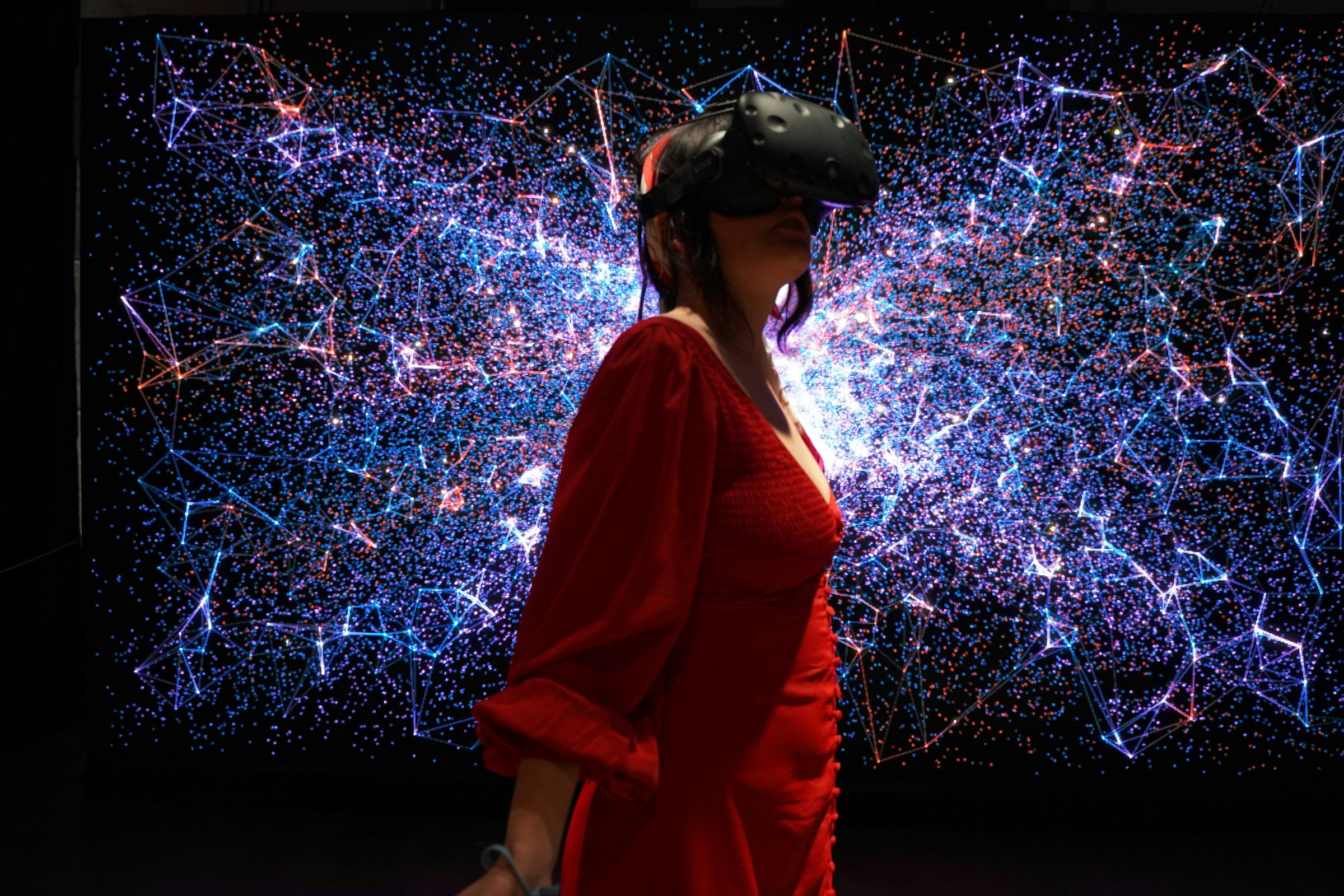
How can developers create more immersive and interactive tutorials for VR games?
The gaming industry is evolving, and with the advent of virtual reality (VR), the experience of gaming has drastically transformed. VR has taken the world of gaming by storm, offering a whole new level of immersion that couldn't be achieved with traditional games. Unity and Unreal, two of the most renowned game engines, have become the go-to tools for developing these immersive experiences. As developers, you have the power to create a deeply engaging virtual reality that can provide players with unforgettable experiences. But how can you make these experiences more interactive and immersive, especially when it comes to tutorials for VR games? In this article, we will delve into the nuts and bolts of creating interactive and immersive tutorials for VR games.
Understanding the Importance of Tutorials in VR Games
Before we delve into the specifics of how to create immersive and interactive tutorials for VR games, it's crucial that you understand why these tutorials are so essential.
Tutorials are the first point of contact for players with your game. They introduce the user to the game world, game mechanics, controls, and more. In virtual reality games, this becomes even more crucial, as players are not just controlling a character on a screen but are inside the game themselves. Therefore, a well-made tutorial can substantially impact the player's experience by making them feel comfortable and competent in the VR environment.
Creating tutorials for VR games can be more complex than those for non-VR games due to the degree of immersion and interactivity that VR technology provides. However, with software like Unity, Unreal, and Oculus, you can create tutorials that are not just informative but also engaging.
Using Unity and Unreal Engines for Developing Interactive Tutorials
Unity and Unreal are powerful game engines that you can leverage to develop engaging tutorials for your VR games. Both software offer a range of tools and features that enable you to create highly immersive VR experiences.
Unity is renowned for its user-friendly interface and extensive set of features for VR game development. It offers a robust set of VR-specific input and interaction tools that can be very beneficial in designing interactive tutorials. Unity's VR Samples Project is a great starting point for understanding how to create VR interactions.
Unreal Engine, on the other hand, is well-known for its high-fidelity visuals and advanced rendering features, which can enhance the immersive experience of your tutorials. Unreal's VR template provides a solid foundation for developing VR games, including tutorials.
When creating tutorials, it's essential to consider the player's experience. The tutorial should be designed in a way that feels natural and intuitive for the player. Unity and Unreal offer several tools to achieve this, such as gaze-based interactions, hand tracking, and spatial audio, among others.
Leveraging Oculus Tools for Enhancing Immersion
Oculus, a leading name in the VR industry, provides several tools and libraries that you can use to enhance the immersion and interactivity of your tutorials.
The Oculus Integration for Unity includes a comprehensive set of resources, scripts, and samples that can help you develop immersive VR tutorials. This includes Oculus Avatar SDK, which allows you to bring hands or controllers into your game, and Oculus Platform SDK, which enables you to integrate social and multiplayer experiences into your VR games.
When it comes to designing interactive tutorials, one of the most important considerations is the user interface (UI). Oculus provides a VR UI design system called Oculus Quest UI, which offers a set of guidelines and best practices for creating VR UI, helping ensure that your tutorials are intuitive and user-friendly.
Designing Immersive and Interactive Tutorials
Creating tutorials for VR games requires a thoughtful design process. The tutorial should not only teach players how to navigate the VR environment but also engage and immerse them in the game world.
Firstly, you should start by outlining the objectives of the tutorial. What skills or knowledge should the player acquire by the end of the tutorial? Once you have a clear vision of this, you can start designing a tutorial that is engaging and intuitive.
One idea is to weave the tutorial into the game's narrative. Instead of having a separate tutorial level, you can incorporate tutorial elements into the game's early stages. This way, players learn while playing, which makes the learning process more engaging.
Another strategy is to use NPCs (Non-Player Characters) to guide players through the tutorial. Through dialogues and demonstrations, NPCs can introduce players to game mechanics and controls in a more interactive and immersive way.
Testing and Iterating Tutorials for Optimal Player Experience
As with any other aspect of game development, testing and iteration are critical when creating tutorials for VR games. Playtesting your tutorials will provide valuable insights into how players interact with your game and where they might struggle.
Observing players during playtests can help you identify areas of confusion or difficulty. For example, if a player struggles with a particular control or mechanic, it might indicate that your tutorial needs more clarity in that area.
Feedback from players can also be immensely useful. After playtesting, ask players about their experience. Did they find the tutorial helpful? Was there anything they didn't understand? Based on this feedback, you can iterate on your tutorial to enhance its effectiveness and improve the overall player experience.
Remember, the goal of your tutorial is not just to instruct, but also to engross players in the VR world you've created. So, let your creativity run wild and leverage the powerful tools at your disposal to develop engaging, immersive, and interactive tutorials for your VR games.
Making Use of Visual Scripting for Effective Tutorials
The use of visual scripting in developing tutorials for VR games has shown significant promise. Visual scripting refers to a type of programming that allows game developers to create game mechanics, interactions, and behaviors using a visual interface. This approach enables even non-programmers to contribute effectively to the game development process.
Unity offers a visual scripting tool called Bolt, while Unreal Engine has its own called Blueprints. Both of these tools allow you to create game mechanics without writing a single line of code. This can be especially useful when designing tutorials, as it allows for rapid prototyping and iteration.
When used effectively, visual scripting can help you to create tutorials that are both interactive and intuitive. For example, visual scripting could be used to create a guided tour of the VR environment, with arrows or other visual cues leading the player through the game world.
Visual scripting can also be employed to create interactive elements within the tutorial. This could include things like interactive diagrams that explain game mechanics, or virtual 'hands-on' exercises where the player is guided through performing a specific action.
Overall, visual scripting is a powerful tool in the arsenal of any game developer, and can drastically streamline the development process of tutorials in VR games.
Integrating Development Tools like Helix Core for Streamlined Workflow
Helix Core is a development tool that can be highly beneficial when creating tutorials for VR games. It is a version control system that can help manage and track changes in your project. This tool can be particularly useful when working as part of a team, as it allows all members to stay in sync and avoid any potential conflicts.
With Helix Core, you can work on different parts of the tutorial simultaneously. For instance, while one team member is developing the visual aspects, another can be working on the scripting. Once both parts are done, they can be merged seamlessly.
Furthermore, the use of Helix Core can help to ensure the stability and reliability of your tutorials. By keeping a record of all changes made to the project, it allows you to easily revert back to a previous state if something goes wrong.
By integrating tools like Helix Core into your development process, you can streamline your workflow and ensure a more efficient process of creating interactive and immersive tutorials for your VR games.
In conclusion, creating interactive and immersive tutorials for VR games is a challenging but rewarding task. It involves the clever use of game development tools such as Unity, Unreal, Oculus, visual scripting, and Helix Core, among others.
The aim is to provide a user experience that not only instructs but also immerses players into the game world. This can be done by designing intuitive controls, integrating the tutorial into the game narrative, using NPCs for guidance, and constant playtesting and iteration. Remember, the goal is not just to instruct but to engage players and make them feel truly a part of the virtual reality game world.
As VR technology continues to evolve, so will the methods and techniques for developing tutorials. Staying abreast of these changes and continuously adapting your development process will ensure that your VR games remain highly engaging and immersive. As a game developer, your challenge is to harness the power of VR to provide unforgettable experiences for your players, and efficient, immersive tutorials are the perfect starting point.
